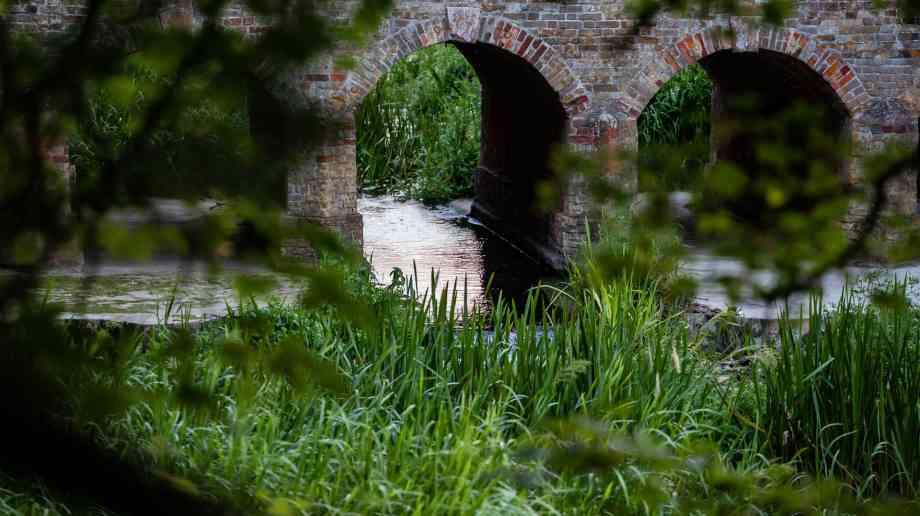Sue Robb of 4Children talks to Julie Laughton and Alison Britton from the Department for Education about the role of childminders in delivering the 30 hours free entitlement.
Number of substandard road bridges continues to rise

The number of substandard road bridges managed by councils across Great Britain has risen for the second year running, with a shortage of staff to carry out inspections.
According to the RAC Foundation, local authorities in England, Scotland and Wales identified 3,211 bridges – defined by highway engineers as structures over 1.5m in span – as being substandard at the end of 2021. The number is up 3.4 per cent on the 3,105 figure 12 months previously, and up five per cent on the 3,055 figure a year before that.
A substandard bridge means one unable to carry the heaviest vehicles now seen on our roads, including lorries of up to 44 tonnes. Many of the substandard bridges are subject to weight restrictions. Others will be under programmes of increased monitoring or even managed decline.
Between them, the 196 councils who responded to FOI requests are responsible for maintaining 70,944 bridges, meaning that 4.5 per cent of the inventory disclosed is substandard.
Councils also reported that, at the time they responded at the end of 2021, 17 bridges including relatively short structures with a span of at least 1.5 metres had fully collapsed in the previous 12 months.
Councils say they would ideally want to bring 2,374 (74 per cent) of the 3,105 substandard bridges back up to full carrying capacity, but budget limitations mean they anticipate that only 379 of these will have the necessary work carried out on them within the next five years.
The estimated cost to bring all the substandard bridges back up to perfect condition is £1.16 billion, whilst the RAC Foundation study also reveals that the one-time cost to clear the full maintenance backlog on all 70,944 bridges would be £5.44 billion.
Steve Gooding, director of the RAC Foundation, said: “Bridges, as defined by highway engineers, come in all shapes and sizes, from soaring structures that span rivers and cross estuaries, through the many modest bridges designed centuries ago for the horse and cart, right down to those that are little more than culverts carrying water under a carriageway. But even the failure of the shortest of these structures could mean a five-foot long gap in the carriageway, and even on relatively minor roads that can still be a headache, causing disruption and possibly a long diversion.
“What the data suggests is that councils have been fighting to hold their ground over the last five years. Whilst the increase in substandard bridges year-on-year is not huge the picture over the last five years looks more like flatlining than sustained improvement, and with the threat of more severe weather events linked to climate change that must be a worry for the overall resilience of our highway network.”
Company Focus
Located in Bromley, Japanese Knotweed Eradication Ltd has been providing solutions in the treatment and removal of Japanese Knotweed (Fallopia Japonica) for over a decade. During this time we have mastered a repertoire of methods, from herbicidal treatments to landscaping solutions, tailored to address the unique challenges our clients face with this pervasive weed.
Event Diary
UKREiiF has quickly become a must-attend in the industry calendar for Government departments and local authorities.
The multi-award-winning UK Construction Week (UKCW), is the UK’s biggest trade event for the built environment that connects the whole supply chain to be the catalyst for growth and positive change in the industry.
Supplier Profiles
Geo Energy
At GeoEnergy Design, we're on a mission to disrupt the traditional way heating and cooling ha
Latest Features
Professor Harith Alani, director of the Knowledge Management Institute at the Open University explains how AI can be used for good and bad.
Alex Lawrence, head of health & social care, techUK sets out techUK’s Five Point Plan for CareTech.

















